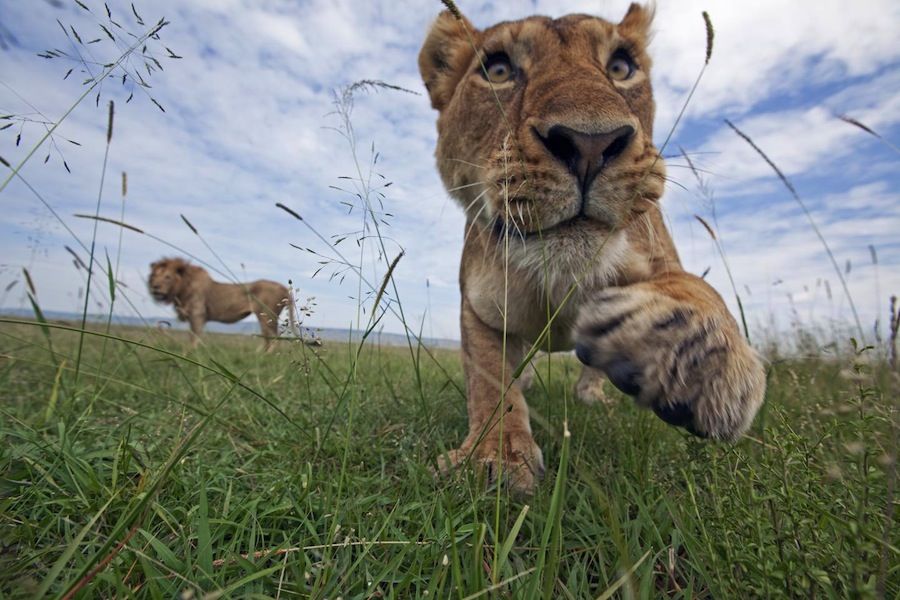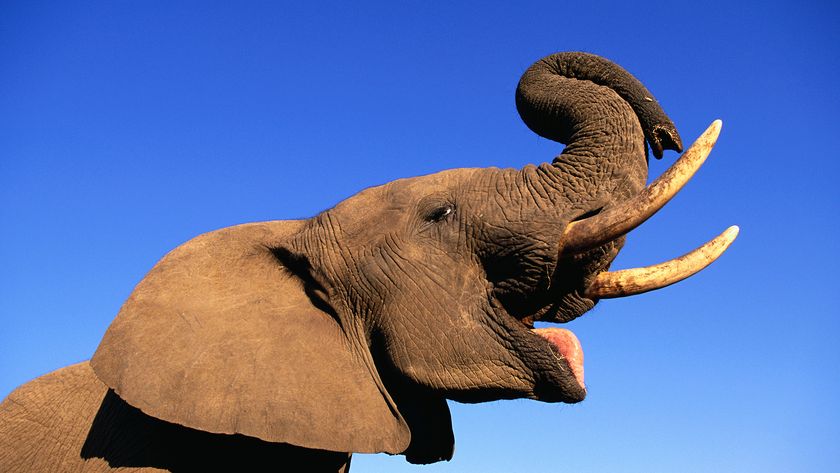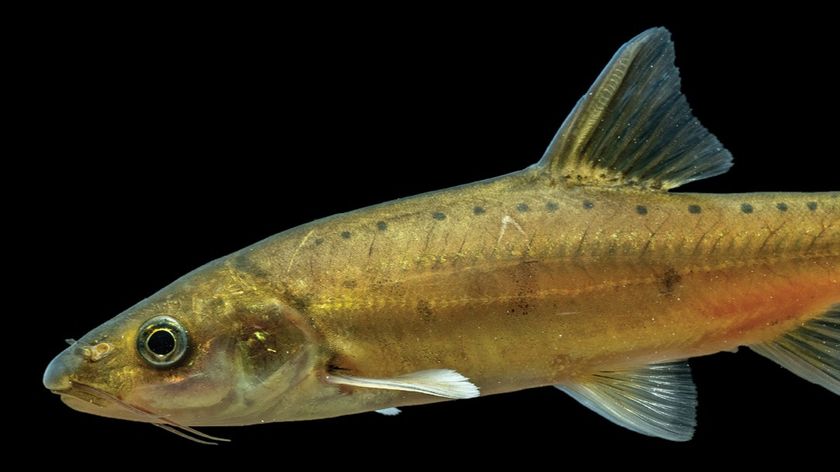Half of Earth's Wildlife Lost Since 1970, Report Finds

Wildlife populations have been cut in half over the past four decades, a new report shows.
The number of mammals, birds, reptiles, amphibians and fish on Earth dropped by 52 percent from 1970 to 2010, according to the World Wildlife Fund's newly released Living Planet Report.
The findings are based on the Living Planet Index, which is a database maintained by the Zoological Society of London to track more than 10,000 representative populations of vertebrates (animals with a backbone). [Image Gallery: Bringing Extinct Animals Back to Life]
According to that index, 39 percent of wildlife on land, 39 percent of wildlife in the ocean and 76 percent of freshwater wildlife have disappeared over the last 40 years.
Animals in the tropics were hit hardest. The report found a 56 percent decline in 3,811 populations of 1,638 species in the tropics from 1970 to 2010. In contrast, the 6,569 populations of 1,606 species in temperate regions declined by 36 percent over the same 40-year period.
The main threats to wildlife across the world are habitat loss and exploitation (through hunting and fishing) — and sometimes a combination of both. The WWF report points to the example of the forest elephant (Loxodonta africana cyclotis) in West and Central Africa. Because of habitat loss, forest elephants had been confined to an area that accounted for just 6 to 7 percent of their historic range by 1984. Later, the elephant population size shrank by more than 60 percent between 2002 and 2011, mostly due to poaching for ivory, the report found.
Humans are consuming more resources — such as trees, food and fossil fuels — than the planet can sustainably accommodate, essentially exhausting the ecological goods of one-and-a-half Earths, according to the report.
Sign up for the Live Science daily newsletter now
Get the world’s most fascinating discoveries delivered straight to your inbox.
People in high-income countries have much greater ecological footprints than people in low-income countries, the report found. But high-income countries aren't suffering the biggest losses to their ecosystems; these nations actually saw a 10 percent increase in biodiversity, according to the WWF. Meanwhile, middle-income countries show 18 percent species declines, and low-income countries show 58 percent declines. From 1970 to 2010, species populations fell by 83 percent in Latin America, the region with the worst biodiversity declines.
"We're gradually destroying our planet's ability to support our way of life," Carter Roberts, president and CEO of WWF, said in a statement. "But we already have the knowledge and tools to avoid the worst predictions. We all live on a finite planet and it's time we started acting within those limits."
The BBC reported that some critics were skeptical of the results and think the dataset may be inherently biased, slightly exaggerating the nature of the problem.
"Those [species] in decline are perhaps of greater interest, and hence more likely to be monitored, than those that are stable or increasing," Stephen Buckland, of the National Centre for Statistical Ecology in the United Kingdom, told BBC News. "For practical reasons, populations that are more impacted by man are more easily monitored. ... So is there a decline? Certainly. Are animal numbers around 52 percent lower than 40 years ago? Probably not."
Follow Megan Gannon on Twitter and Google+. Follow us @livescience, Facebook & Google+. Original article on Live Science.












